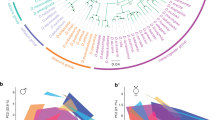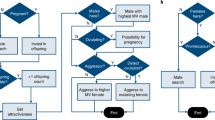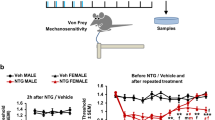Abstract
Chemically mediated sexual communication in humans has been largely neglected due to its non-conscious and relatively concealed nature. However, menstrual cycle synchronisation, puberty onset in young pre-pubertal girls exposed to their stepfather, and consanguinity avoidance suggest a function in the physiological regulation of sexual and reproductive behaviour in humans. These phenomena are related to activation of the limbic system by pheromones. On the basis of sexually dimorphic activation of brain hypothalamic areas and the control of body temperature via the hypothalamus, our hypothesis is that human sexual pheromones can induce thermal effects that can be revealed by high-resolution thermal infrared imaging. Here we show that in women, male sexual pheromones induce thermal effects that are linked to the ovarian cycle. These findings suggest a dramatic influence of pheromones on human sexual and reproductive behaviour through neuroendocrine brain control, established on the plesiomorphic nature of chemical communication across species.
Similar content being viewed by others
Article PDF
Author information
Authors and Affiliations
Corresponding author
Rights and permissions
About this article
Cite this article
Mazzatenta, A., Romani, G., Tommasi, L. et al. Thermal signatures of human pheromones in sexual and reproductive behaviour. Nat Prec (2010). https://doi.org/10.1038/npre.2010.4477.1
Received:
Accepted:
Published:
DOI: https://doi.org/10.1038/npre.2010.4477.1



